You can use applymap:
df = pd.DataFrame({'nearby_subway_station':['yes','no'], 'Station':['no','yes']})
print (df)
Station nearby_subway_station
0 no yes
1 yes no
dict_map_yn_bool={'yes':True, 'no':False}
df = df.applymap(dict_map_yn_bool.get)
print (df)
Station nearby_subway_station
0 False True
1 True False
Another solution:
for x in df:
df[x] = df[x].map(dict_map_yn_bool)
print (df)
Station nearby_subway_station
0 False True
1 True False
Thanks Jon Clements for very nice idea - using replace:
df = df.replace({'yes': True, 'no': False})
print (df)
Station nearby_subway_station
0 False True
1 True False
Some differences if data are no in dict:
df = pd.DataFrame({'nearby_subway_station':['yes','no','a'], 'Station':['no','yes','no']})
print (df)
Station nearby_subway_station
0 no yes
1 yes no
2 no a
applymap create None for boolean, strings, for numeric NaN.
df = df.applymap(dict_map_yn_bool.get)
print (df)
Station nearby_subway_station
0 False True
1 True False
2 False None
map create NaN:
for x in df:
df[x] = df[x].map(dict_map_yn_bool)
print (df)
Station nearby_subway_station
0 False True
1 True False
2 False NaN
replace dont create NaN or None, but original data are untouched:
df = df.replace(dict_map_yn_bool)
print (df)
Station nearby_subway_station
0 False True
1 True False
2 False a

